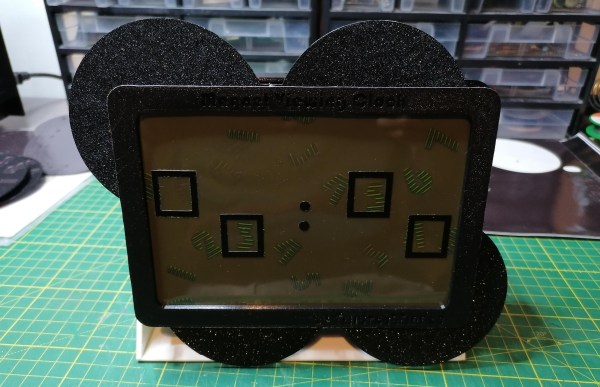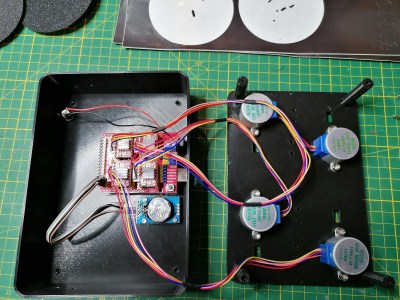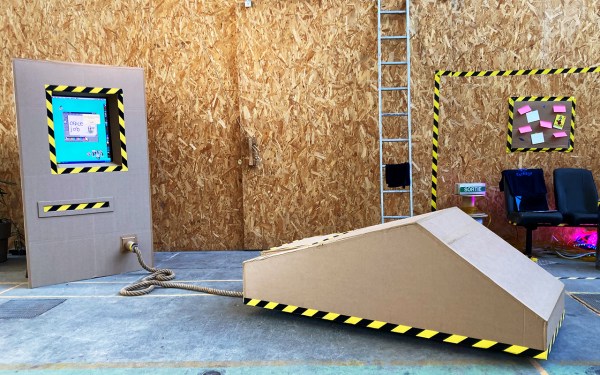When it comes to vintage consoles like the Game Boy, it’s often nice to be able to dump cartridge ROMs for posterity, for archival, and for emulation. To that end, [Francis Stokes] of [Low Byte Productions] whipped up a rather unique method of dumping Game Boy carts via the link cable port.
The method starts by running custom code on the Game Boy, delivered by flash cart. That code loads itself into RAM, and then waits for the user to swap in a cart they wish to dump and press a button. The code then reads the cartridge, byte by byte, sending it out over the link port. To capture the data, [Francis] simply uses a Saleae logic analyzer to do the job. Notably, the error rate was initially super high with this method, until [Francis] realised that cutting down the length of the link cable cut down on noise that was interfering with the signal.
The code is available on GitHub for those interested. There are other ways to dump Game Boy cartridges too, of course.
Continue reading “Dumping Game Boy Cartridges Via The Link Cable Port”


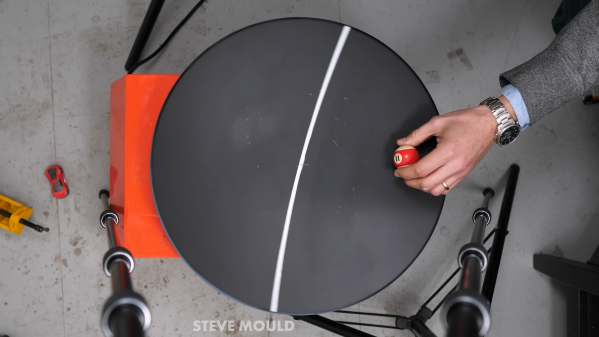
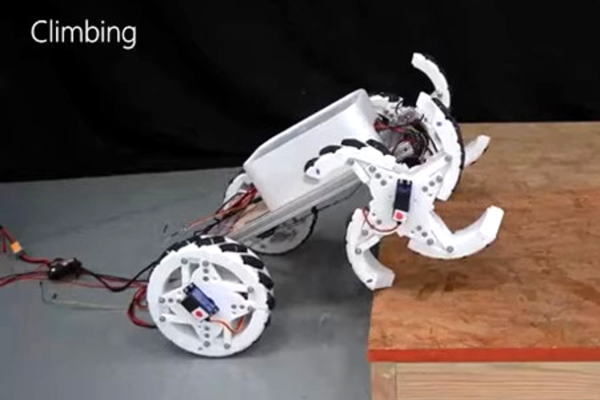
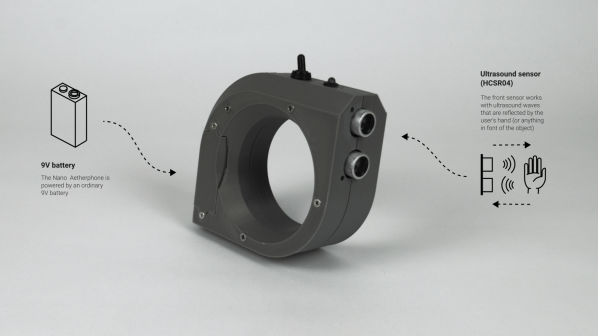
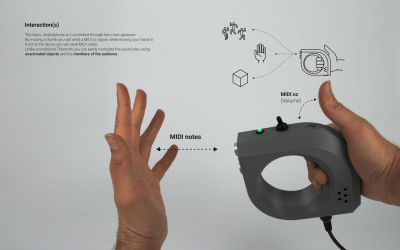 The device is inspired by the Theremin, and was built to celebrate its 100th anniversary. The Nanoaetherphone II is all about using sensors to capture data from wireless hand-wavey interactions, and turn it into MIDI messages. To this end, it has an LDR sensor for detecting light levels, which determines volume levels. This is actuated by the user’s thumb, blocking the sensor or allowing ambient light to reach it. At the front of the handheld unit, there is also an ultrasonic range sensor. Depending on how close the sensor is to the user’s hand or other object determines the exact note sent by the device. As a MIDI controller, it is intended to be hooked up to an external synthesizer to actually generate sound.
The device is inspired by the Theremin, and was built to celebrate its 100th anniversary. The Nanoaetherphone II is all about using sensors to capture data from wireless hand-wavey interactions, and turn it into MIDI messages. To this end, it has an LDR sensor for detecting light levels, which determines volume levels. This is actuated by the user’s thumb, blocking the sensor or allowing ambient light to reach it. At the front of the handheld unit, there is also an ultrasonic range sensor. Depending on how close the sensor is to the user’s hand or other object determines the exact note sent by the device. As a MIDI controller, it is intended to be hooked up to an external synthesizer to actually generate sound.